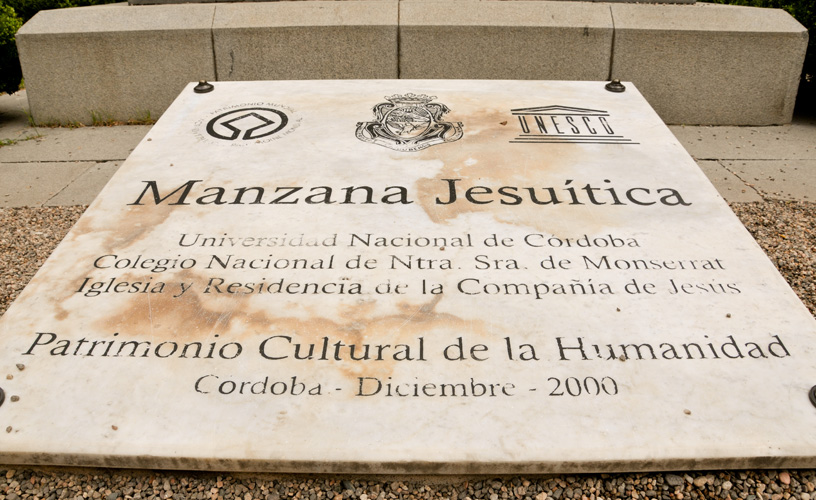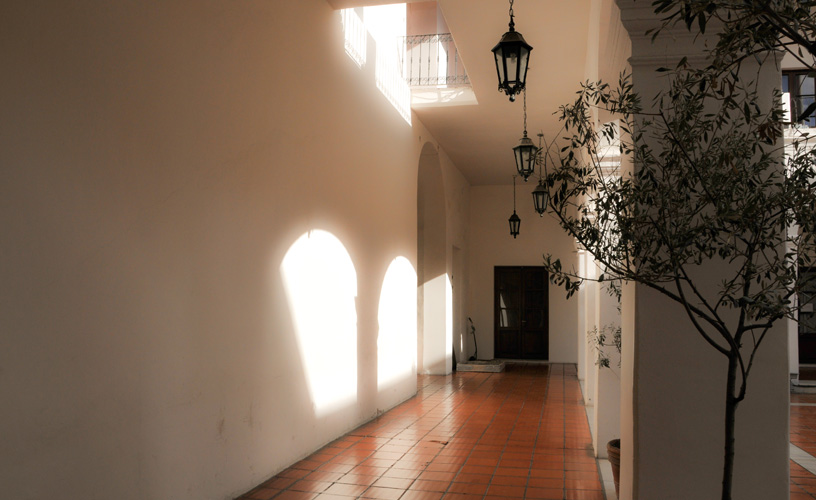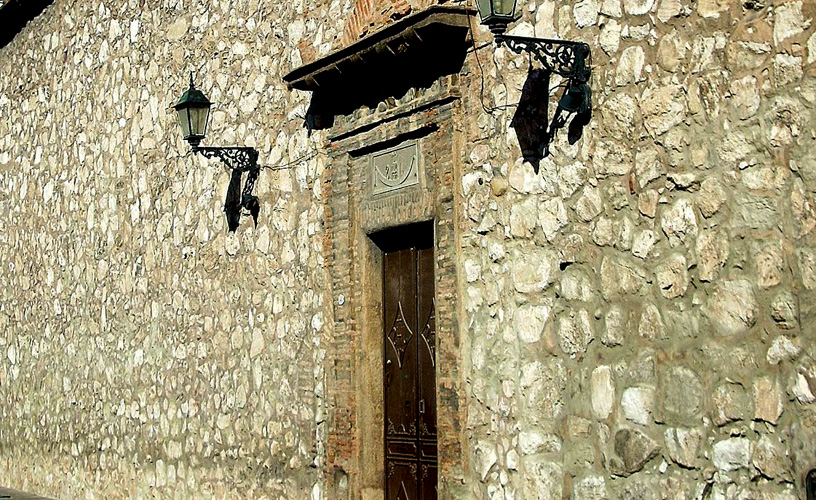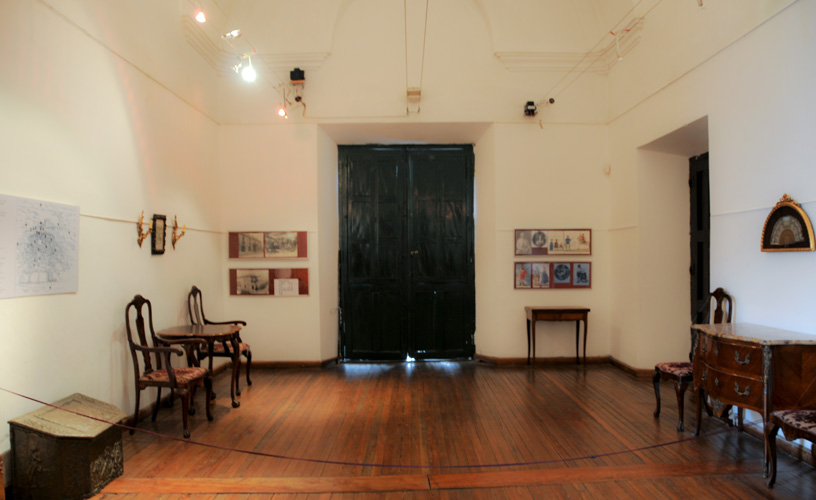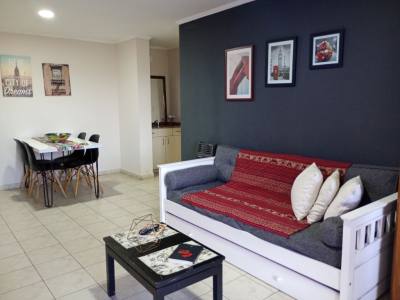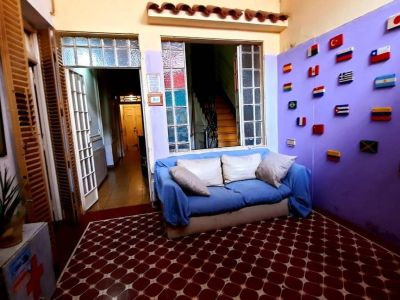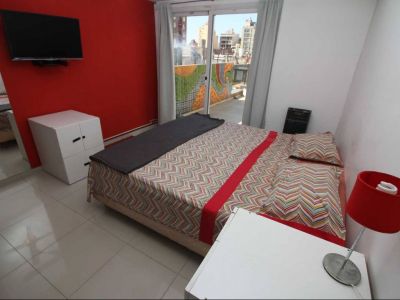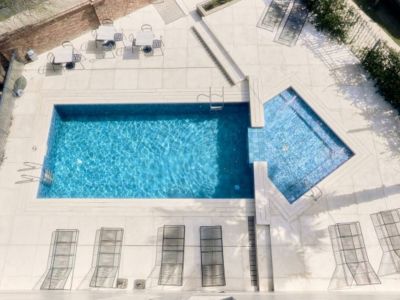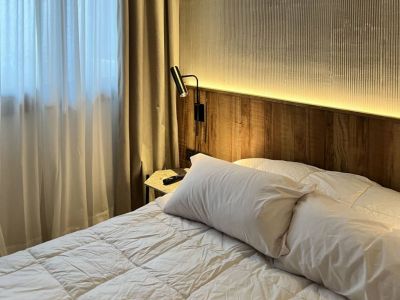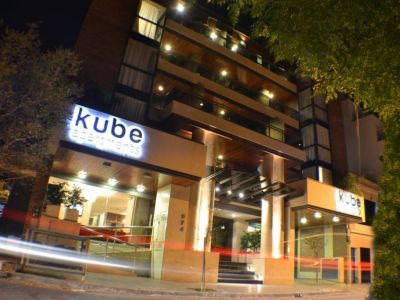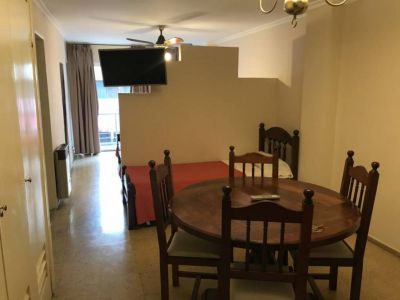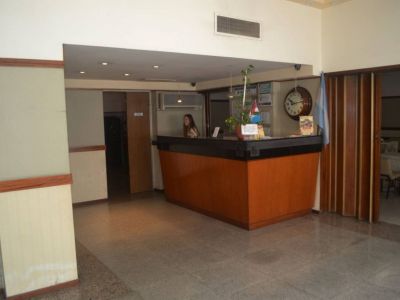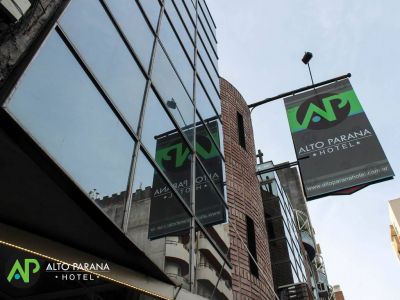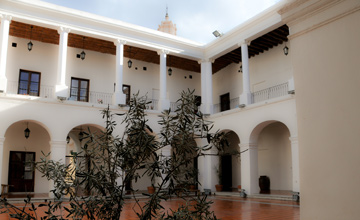The rooms and a small chapel to replace the shrine had already been built in 1606. When we talk about Capilla Doméstica (which stands for "domestic chapel" in Spanish), we refer to an exquisite sanctuary that included the present hall of the church. Its construction works finished in 1668. Its architectural features include an incredible ceiling, assembled with thick tacuara cane and covered with painted cow leather. Another outstanding trait is its particular altarpiece, built by the Italian architect known as Brassanelli. Native artists have given this item their unmistakable touch. Manuel Cabrera, grandson of the founder of the City of Córdoba, made the necessary donations to carry out this giant work.
Capilla Doméstica in Manzana Jesuita
There are doubts about the beginning of the construction works in the temple. Some people think it dates back from a century before the construction of the estancias in Córdoba. Several stones, usually referred to as sapos (“toad”, in Spanish), but actually called soapstone read the dates of the different construction stages.
Historians assert that the church of the Company was built in 1650 and that its creator was Felipe Lemaire, a clever Frenchman that boasted the degree of naval builder. His idea was to build it using wood, as if it were an inverted ship hull. For that purpose, he traveled to the Jesuit Missions in Paraguay to choose the wood for the roof himself.
Pablo Etchevers
Eduardo Epifanio
